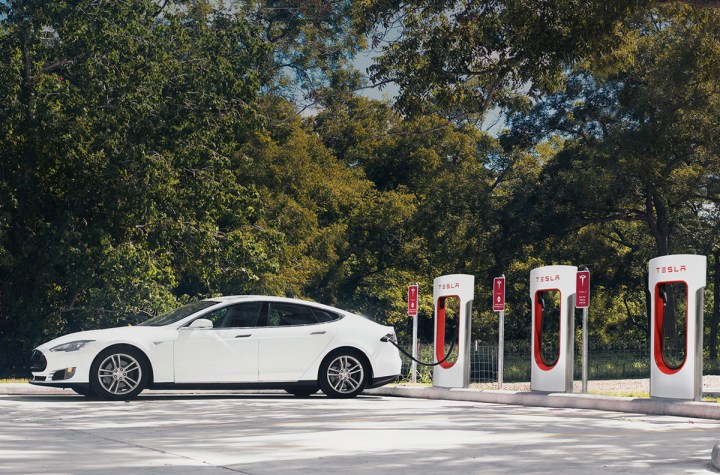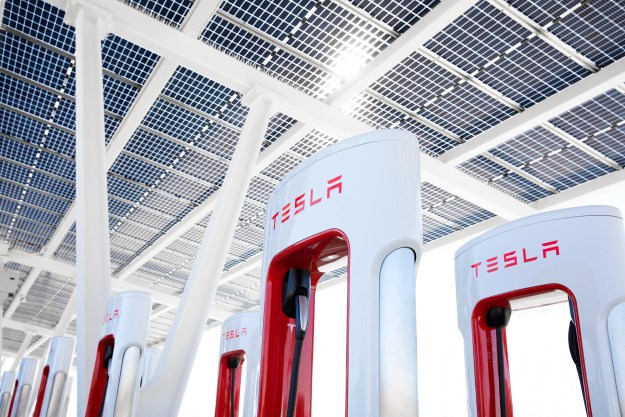
Current Tesla Model S and Model X buyers have Supercharger network access for free for life. There’s no separate charge or value assigned to it. The first Tesla Model S 40/60 buyers didn’t have free Supercharger use included in their purchase, but can still upgrade to it for $2,500.
Tesla has already stated that the Model 3, the company’s $35,000 base price entry-level car scheduled to debut in late 2017, will not come standard with lifetime Supercharger access. However, Electrek’s sources said that the hidden code was also on the Model S and Model X sections of the website.
Tesla has made moves to attract some of the roughly 375,000 people on the Model 3 waiting list. The Model S 60, with a reduced $66,000 base price, was introduced in June to attract new Model S buyers and Model 3 reservation holders who didn’t want to wait. Reduced rate 2-year leases for Model S and Model X vehicles were offered in August for Model 3 customers to drive while waiting.
So it may be that the website source code mention of Supercharger credits, since removed, referred to the Model 3s. But it could also be an unbundling of lifetime free charging. If Tesla could knock a few thousand dollars off the base prices of Model S and Model X vehicles, that could tip some potential buyers to click the Buy button. This goes especially for a potential buyers who know that they are only going to drive the car close to home … why pay for a bundled option they might never use?
Another possible reason for developing a Supercharger credit program is the potential of additional revenue from other brand electric vehicles. Tesla’s growing Supercharger network could theoretically use adapters to allow other company’s vehicles to hook up.
Editors' Recommendations
- The Tesla Model Y is at its lowest price yet — but should you buy one?
- Nvidia turns simple text prompts into game-ready 3D models
- Here’s how Ford will give EV customers Tesla Supercharger access
- Ford and GM EV drivers will be able to charge at Tesla Superchargers in February
- Why some Teslas are losing tax credits, and which cars still qualify




